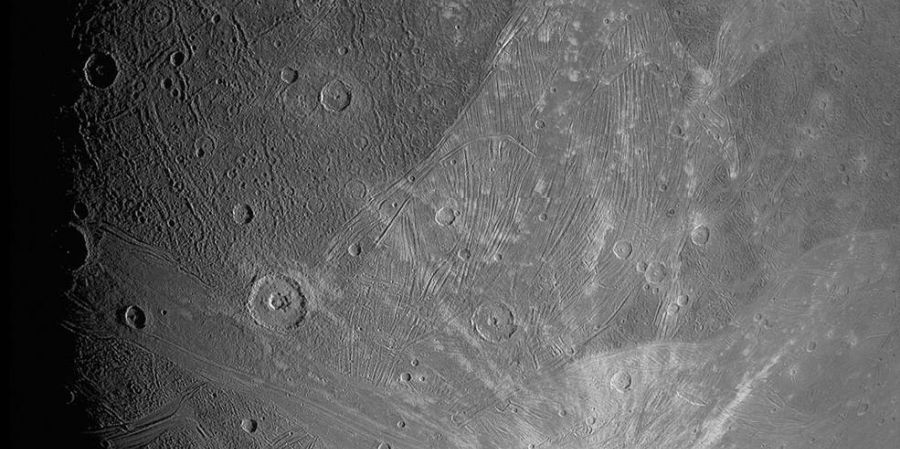

Another successful mission from NASA, this time they found intresting things about Jupiter which is the largest planet in the solar system. It is covered in swirling cloud stripes making difficult for any spacecraft to go through it.It has 79 moons revoloving around it and NASA recently captures images of one of the biggest moon. The spacecraft Juno captured the photos of Ganymede which was discovered in 1610.
Juno has been orbiting Jupiter for the past five years. Juno is 3.5 meters in both height and diameter. Total surface area of solar array is 60 meters and more than 18,000 solar cells. It's total weight is 7,992 pounds, It travelled 1740 million miles from earth to reach Jupiter's orbit with a speed of 2,56,500 kilometers per hour.
The first two images of NASA's juno recieved to earth on june 7 ,2021.It clearly show the surface in remarkable detail, including craters, distinct and bright terrains and long structural plates linked to tectonic plates of the gaint moon Ganymede from stellar reference camera of Juno. another picture shows the other side of the moon which if far from the sun. It Zoomed past icy Ganymede passing with in 645 miles which is very close.
It has Different filters to capture images using it's green filter it almost captured one side of the moon with image resolution 0.6 miles per pixel. another camera captured the picture of other side of moon far from sun with a resolution of 0.37 to 0.56 miles per pixel.
The spacecraft is expected to deliver more pictures in coming days. It is expected to yield the insights of the composition, ionosphere and many others details which will be helpful for future missions. It has provided the first close-up's of the moon in last 2-decades.Scientists are effectively trying to find out new things about our solar system this mission on Jupiter gave us some new things about Jupiter surfaces .
This is the closest any spacecraft can come to this mammoth moon in a generation. We are going to take our time before drawing scientific conclusions until then we can simply marvel at this celestial wonder ,said juno's lead scientist Scott Bolton.
Continuous researches on our solar system are giving us information about new things.Let's wait for new things about our galaxies
Do read, like and follow.
Thanks for reading.




























